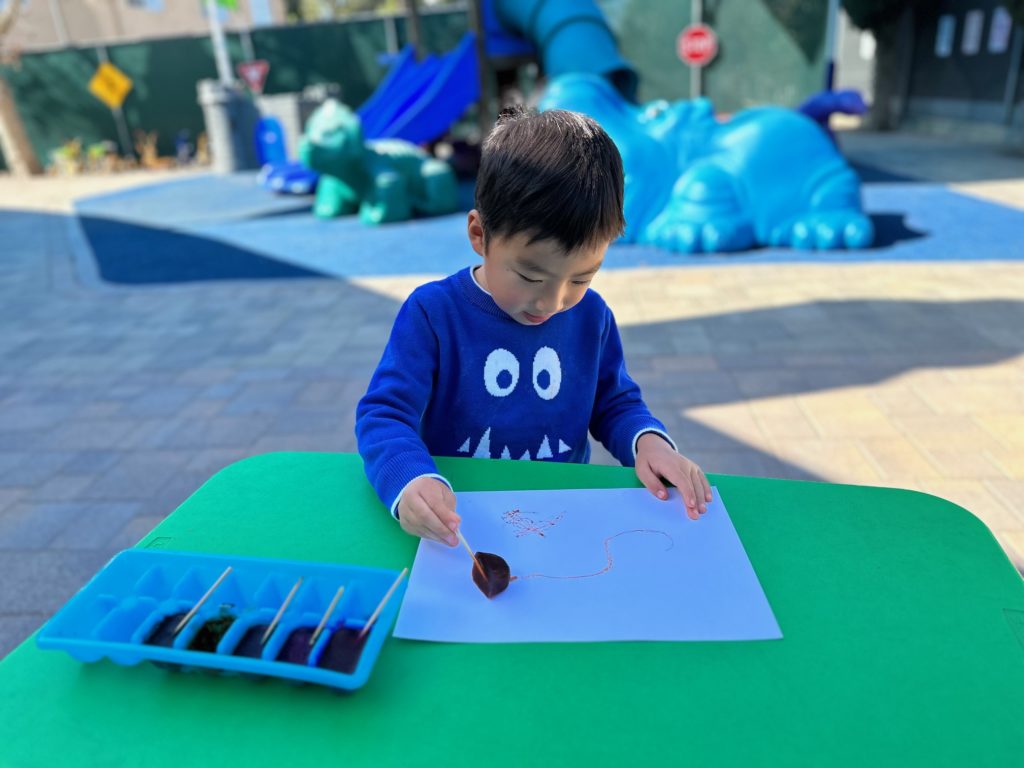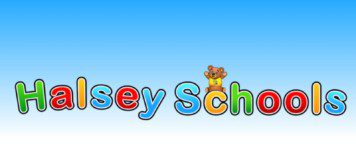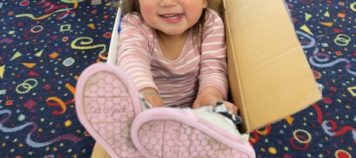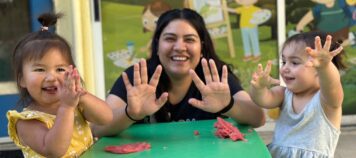It’s Freezing Outside!!
There are lots of ways to learn when it’s cold outside. Here’s what you can do at home to have some learning fun this Winter with your preschooler.
Social Studies: How is ice made? Where does it come from?
Ask your child questions like how is ice made? Where does it come from? And discuss. Here are some interesting facts to help your conversation:
- Water freezes at 32 degrees Fahrenheit and 0 degrees Celsius.
- Sometimes ice falls from the sky like rain or snow. We call it hail.
- One of the coldest places on earth is Antarctica. It holds the record for the lowest temperature ever recorded at -128.6oF
- Snow starts to melt in the spring and flows into our rivers and lakes.
Take a Field Trip to the snow!!!!
Science Projects:
Color trails in an Ice Block
- Get a big block of ice (Smart & Final), place it in cake pan
- Place individual pieces of rock salt on the ice block. Make sure to space them out
- About 4 to 5 mins later put a few drops of food coloring on each piece of rock salt. Use a different color on each piece.
- Watch the rock salt & food coloring make a trail through the block of ice. Discuss what’s happening and why. Explore some of your own ideas.
Make Ice in your own backyard
It’s easy. Get a few different pans, cookie sheets or dishes and just cover the bottom of each with a very thin layer of water. Put in a cold place in your yard away from anything warm (like your house) over night. When you wake up in the morning run outside and see if you made ice. Did you? That means it was below freezing? Was ice made in every one of the items used? If not, why not? Was the water too thick? The pan too insulated?
Try placing them in different areas of the yard. Leave one in the house. Did they all freeze? Why or why not?
Make Ice Cubes in the Freezer
Do you really need instructions? 🙂 Put some water in an ice cube tray or any other container and put in freezer overnight. Try it with big and small containers. Do bigger containers take longer? Experiment – predict, ask and answer questions.
Math Skills & Language Arts:
Explore Ice
Take a plastic bowl and fill it full of ice cubes. Get big spoons, spatulas, big bowls, small bowls, water etc and let your child start exploring. Encourage stacking, pouring, stirring, dropping, feeling, tasting, etc. Talk about what your child is doing. Ask questions what are you doing now? How does it feel? What do you think is going to happen if you…? Throw some ice up in the air and predict what will happen when it hits the ground. Predict what will happen if you throw some ice at a hard wall. Now see what happens if you drop it in dirt or grass.
Explore Snow
While having fun playing in the snow, take some time to really look at and explore it. Ask your child these questions: What is snow made of? Is it soft or hard? What can we do with snow? Make a snowball, throw it at a tree and see what happens. Take a bowl outside and fill it up with snow. Now bring the bowl inside and just let it sit on the table. Look at it every now and then and see what happens to the snow.
Art: Ice cube painting
- Put water in ice cube tray
- Add food coloring and a popsicle stick or Q-tip to each container
- Freeze
- Remove when frozen
- Have the children paint with the different colored ice and talk about how the ice turns from a solid to a liquid. Talk about the primary colors: Red, Yellow and Blue. (It is best to use poster board or water color paper. Cardboard boxes will work too.)
Cooking Project: Popsicles
Combine fruit and juice to make ice pops. Simply blend together 1 cup of 100 percent juice (try mixing varieties, such as pineapple, orange, and cranberry) with 1 cup of fruit chunks (say, peaches, mango, or strawberries). Pour into pop molds and freeze for three hours. ENJOY!
Spanish:
- Hielo – Ice
- Cold -Frio
- Snow – Nieve
- Happy Times November 2024 - October 29, 2024
- Ms. Tiffany - September 27, 2024
- Happy Times October 2024 - September 27, 2024






